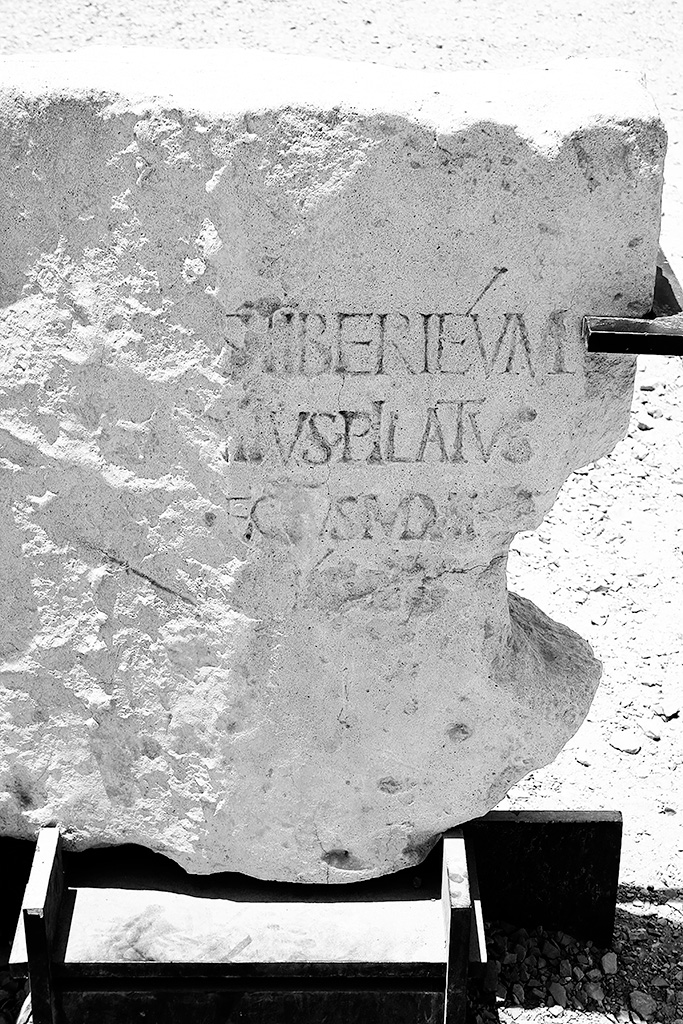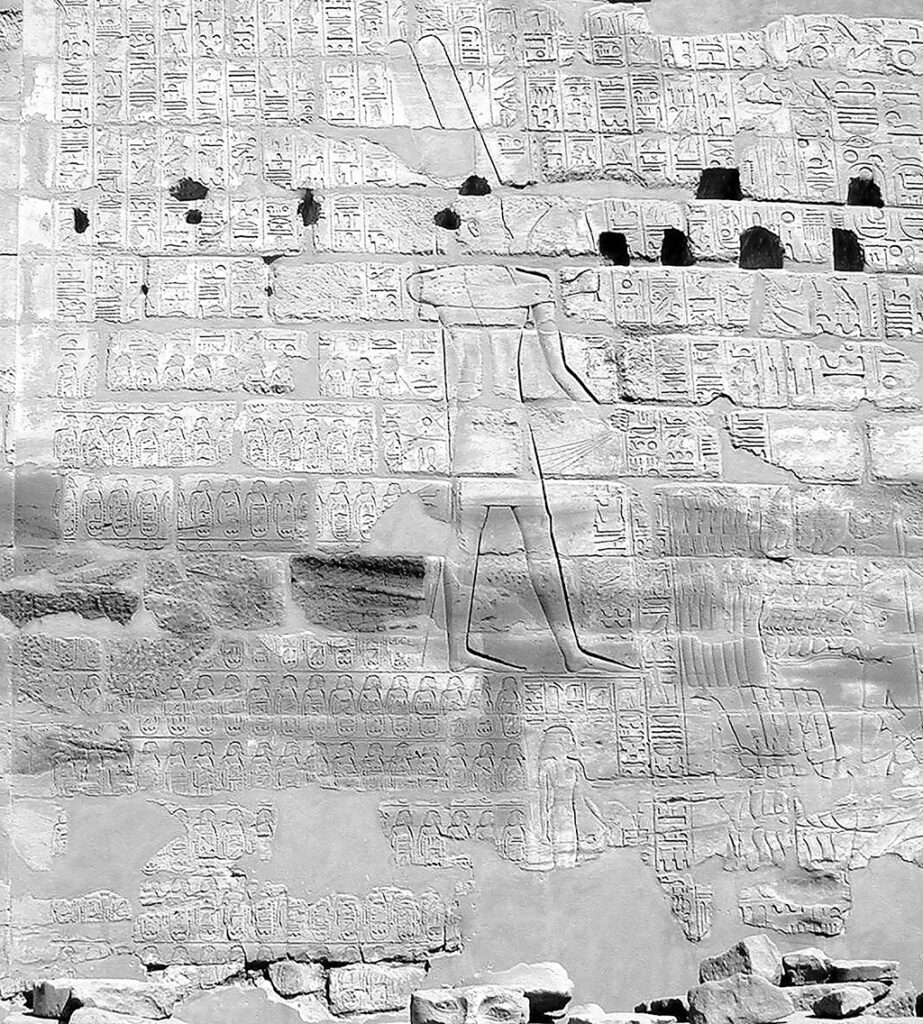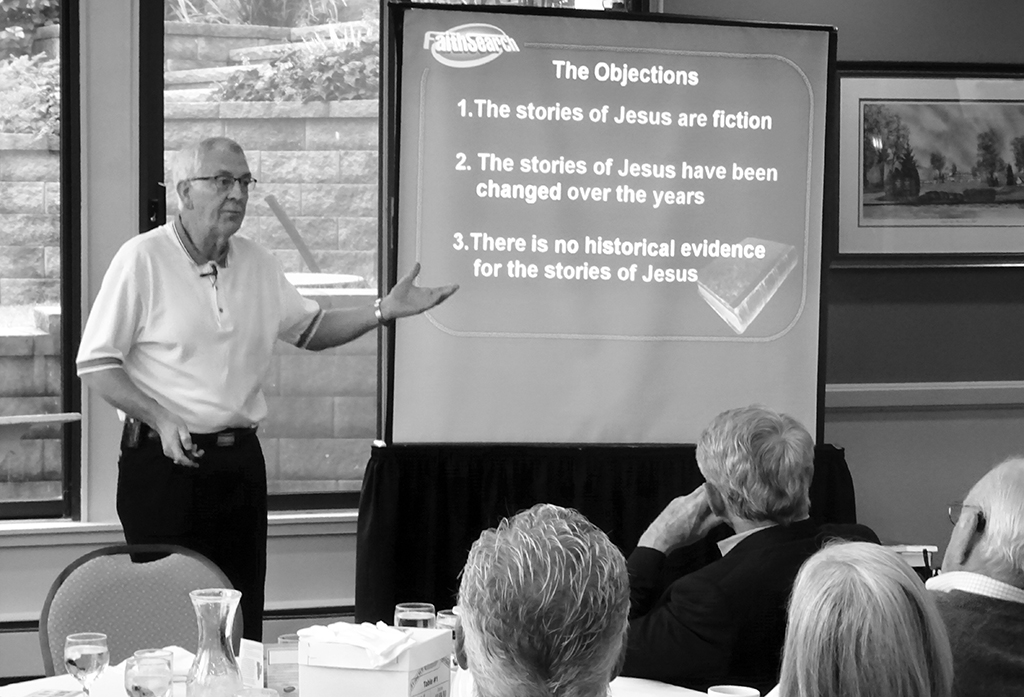By Dr. Don Bierle, FaithSearch President
When I’m doing my presentations on evidence for the Bible and the Christian faith, there is a question I frequently get. The question says a lot about the Church’s lack of effectiveness in communicating truth to our current society, both Christians and non-Christians: “Are the people real or are they just Bible people?”
Implied in the question is that the Bible “stories” are only “make-believe” and have no connection to the “real world.” This point of view expects that they should all begin with “once upon a time!” Because FaithSearch International has excelled in demonstrating the Bible is “real history” and identifying the evidence of archaeological discoveries to support its reality, we have maintained our ministry relevance for evangelism and discipleship for nearly forty-two years.
At least one million people have either read or heard the “real story” of Jesus, the Bible, and Christian faith through FaithSearch publications and recordings. More than seventy-two thousand have experienced an “Ah-Ha!” moment at one of our apologetic presentations as the Holy Spirit draws them to follow the “real Jesus.” No “fairy-tale” can transform a life and place it on the certain path to eternity!
How do we know that Bible people are real?

Caravaggio: The Incredulity of Saint Thomas. Public domain.
I have articulated the evidence for God, for the Bible, for Jesus, and for faith in my book, Surprised by Faith. It is available at our office, at our online store (www.faithsearch.org), and at our live presentations. For this article, I will address the question above.
First, a caveat.
There is convincing evidence for the inspiration of Scripture by the Holy Spirit. The Bible does not need my answer to be legitimate. Christians around the world “know” that it is true by the testimony of the Spirit within them and by His transforming power in their life. My answer, therefore, is to help those who have not yet become Christians and those who want additional objective assurance.
A biblical scholar, Lawrence Mykytiuk, has given everyone asking this question an incredible gift. He has exhaustively researched ancient literature outside of the Bible (the “real world”) and archaeology discoveries to see if there are any authentic references therein to Old Testament and New Testament persons, and to Jesus. The references must conform to the following three rules:

Photo credit: HolyLandPhotos.org
- Sources are genuine, not forged or unreliable.
- The time-and-place setting of the person in the ancient writing matches the setting of the person in the Bible.
- Marks of an individual, such as name, father’s name, title, or work location, distinguish two different people from each other.
Dr. Mykytiuk has published his findings over the years in four Biblical Archaeology Review articles. In summary, the number of confirmed “real” Bible people mentioned in sources outside of the Bible are astounding:
- Fifty-three Old Testament figures from about 1000-400 B.C have been confirmed by science.
- Thirty New Testament figures from the first century A.D. (including Jesus) have been confirmed outside the text of the Bible.
The popular notion that persons mentioned in the Bible are fictitious is itself the fiction! Author Mykytiuk fully expects many more confirmations in the future.
The sources may be an ancient writing, like the several books by the Jewish historian Josephus or the Jewish Mishnah (the Mishnah and Gamara make up the Talmud); inscriptions on stone monuments and stele; and minted coins – to name a few.
Who Are They?
Confirmed New Testament religious figures include Pharisee Gamaliel the Elder (Acts 5:34-39); John the Baptist (Matthew 3:1-15); James, brother of Jesus (Mark 6:3); and the high priest Caiaphas (Luke 3:2). New Testament political figures include emperor Tiberius (Luke 3:1); Herod the Great (Matthew 2:1); prefect Pontius Pilate (Luke 23:1-24); and Aretas IV (2 Corinthians 11:32).

Public domain
Confirmed Old Testament figures include Shishak (Egyptian pharaoh 945–924 B.C.; 1 Kings 11:40); Jeroboam II (king of the Northern Kingdom of Israel from 790–750 B.C.; 2 Kings 13:13 ); Belshazzar (king of Babylonia 543–540 B.C.; Daniel 5:1); and Artaxerxes I (king of the Achaemenid Empire, also known as the first Persian Empire, from 465–425 B.C.; Ezra 4:7).
Sources for the external confirmation of Jesus’ life include works by Tacitus, Josephus, Lucian of Samosata, Pliny the Younger, Suetonius, Mara bar Serapion, and Celsus (himself a second-century opponent of Christianity).
Historical research scholar, Dr. Edwin Yamauchi, responding to the claim that Jesus never existed, famously said:
From time to time some people have tried to deny the existence of Jesus, but this is really a lost cause… There is overwhelming evidence that Jesus did exist…” (Quoted in Lee Strobel, The Case for Christ, p. 81.)
To parphrase the nineteenth century editorial called “Is There a Santa Claus?” we may with confidence conclude: Yes, Virginia, the people in the Bible are real!
Sources: Articles referenced for this article are all by Lawrence Mykytiuk. “Archaeology Confirms 50 Real People in the Bible,” Biblical Archaeology Review, March/April 2014; “Did Jesus Exist? Searching for Evidence Beyond the Bible,” Biblical Archaeology Review, January/February 2015; “Archaeology Confirms 3 More Bible People,” Biblical Archaeology Review, May/June 2017; “New Testament Political Figures Confirmed,” Biblical Archaeology Review, September/October 2017. “New Testament Religious Figures Confirmed,” Biblical Archaeology Review, Summer 2021.



